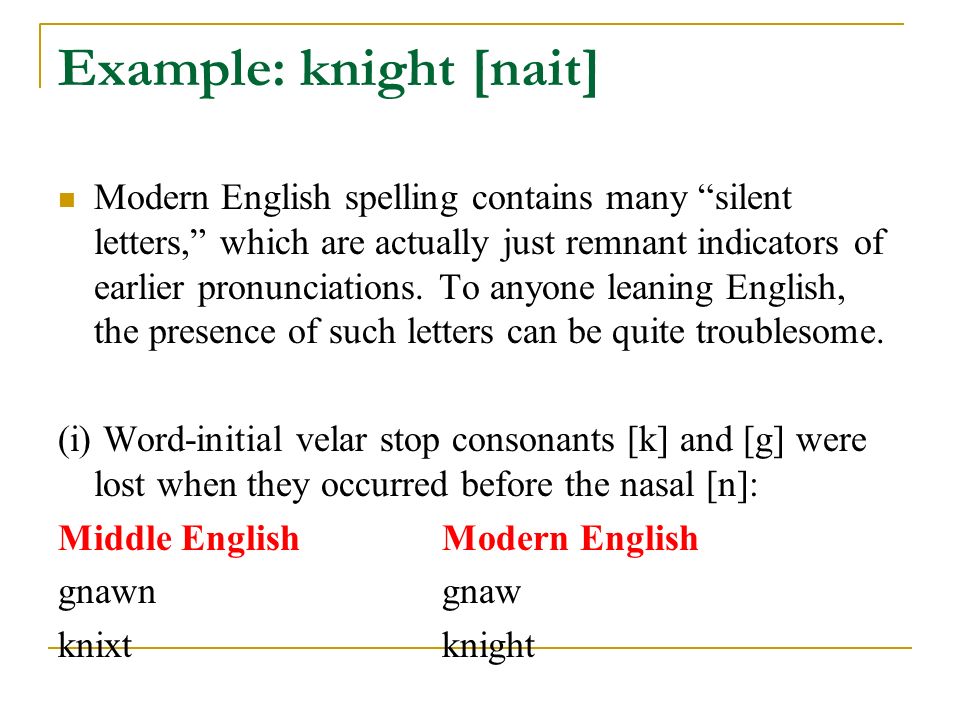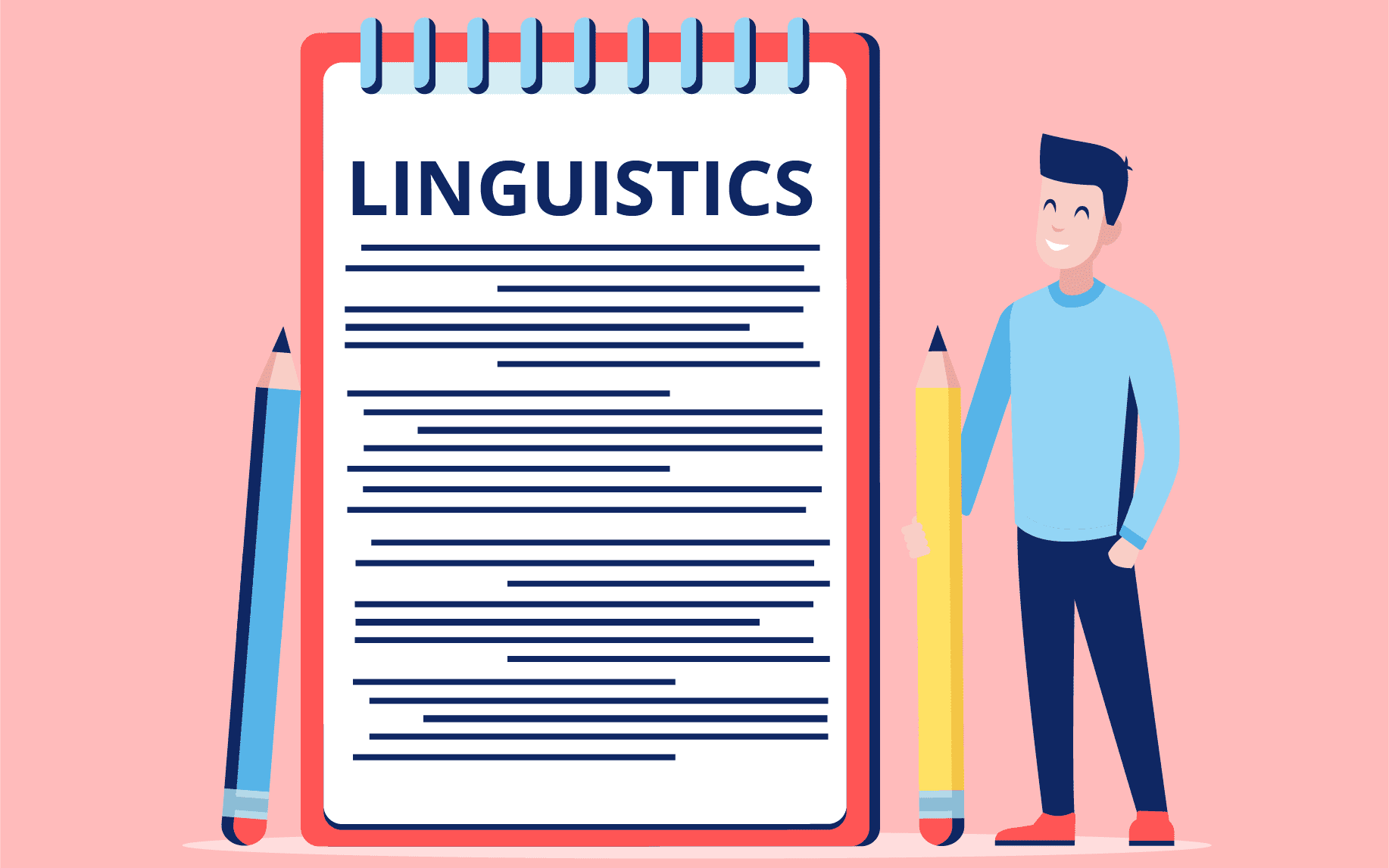
Review: Pragmatics To fully understand the meaning of a sentence, we must understand the context in which it is used. Pragmatics is concerned with how people use language within a context.
Semantics: The meanings of words and sentences are studied independent of language use. Pragmatics: It would be impossible to give an adequate description of meaning if the context of language use is left unconsidered. Therefore, context is taken into consideration.
Both semantics and pragmatics study the meaning of a linguistic form. However, they are different. What essentially distinguishes them is whether the context is considered. If it is not considered, the study is in the area of semantics; if it is considered, the study is in the area of pragmatics.
Make your contribution as informative as required. No more and no less. The maxim of quality. Do not say what you believe to be false and do not say what you lack evidence for. The maxim of relation. Be relevant. The maxim of manner. Avoid obscurity, ambiguity. Be brief and orderly.
All languages change through time, but how they change, what drives these changes, and what kinds of changes we can expect are not obvious. By comparing different languages, different dialects of the same language, or different historical stages of a particular language, we can discover the history of languages.
Historical linguistics is concerned with language change. It is interested in what kinds of changes occur (and why), and equally important, what kinds of changes don’t occur (and why not). Languages change in all aspects o the grammar: the phonology, morphology, syntax, and semantics.
Sound changes tend to be systematic; it is possible to see a regular pattern of pronunciation changes throughout the history of the English language.
Modern English spelling contains many silent letters, which are actually just remnant indicators of earlier pronunciations. To anyone leaning English, the presence of such letters can be quite troublesome. (i) Word-initial velar stop consonants [k] and [g] were lost when they occurred before the nasal [n]: Middle English Modern English. gnawn gnaw. knixt knight.
(ii) Initial [w] was lost when it occurred before [r]: Middle English Modern English. writan write [rait] wrekken wreck [rek] (iii) Word final [b] was lost when it occurred after [m]: dumb dumb [dAm]
1. Change in agreement rule. 2. Change in negation rule. 3. Process of simplification. 4. Loss of inflection. (Refer to the examples on P.96-97)
In Modern English, a noun phrase such as our father has the same form regardless of whether it is a subject or an object, as in. (subject) Our father drinks a lot of coffee. (object) We love our father. Old English: (subject) fæder ure. (object) fæder urne.
1. Coinage. 2. Clipped words. 3. Blending. 4. Acronyms. 5. Initial letters. 6. Back-formation. 7. Functional shift. 8. Borrowing. 9. Derivation. 10. Compounding. See P for examples.
soap flakes, wash board, rumble seat.
3. Meaning shift. a. elevate. b. degrade.
2. The influence of American English. 3. The influence of science and technology. a. space travel. b. computer and internet language. c. ecology.
1. The rapid development of science and technology. 2. Social and political changes and political needs. 3. The way children acquire the language. 4. Economy of memory. 5. The desire to be intelligible.

DOC) Language Change Noviarianti Oz

Introduction to Linguistics 7 Spoken Language (cont.) Prof. Jo

Tracking Changes in PowerPoint: Setting, Modifying and Discarding

Free Foreign Language templates for Google Slides & PPT

What is MS PowerPoint? - Introduction, Features & Uses

Branches of Linguistics, PDF & Branches of Phonetics

Chapter 7: Language Development - Telegraphic speech: Speech in

How to Change the Background of Slides: PowerPoint & Google

Introduction to Linguistics Chapter 7: Language Change - ppt download

7 Communicative Vs Linguistic Competence, PDF, Linguistics

Cambridge Textbooks in Linguistics